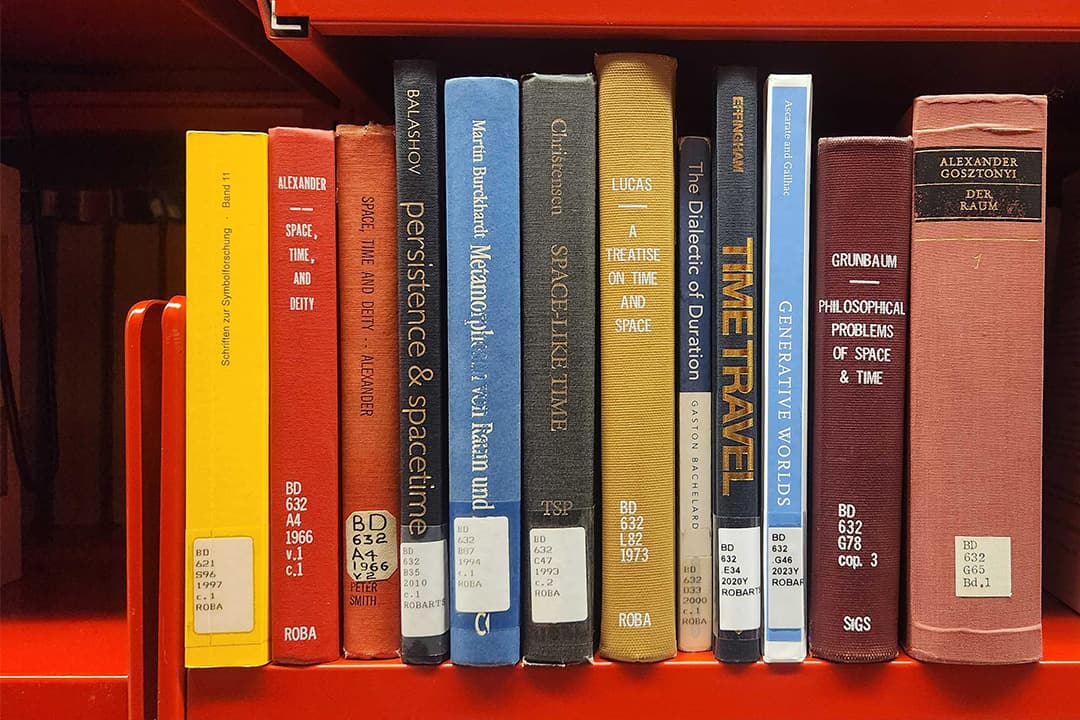You’ve probably wondered at some point what life would be like in different dimensions. I certainly have.
Living in the first dimension would consist of us existing as points on a line. This dimension can be visualized as an infinite line or equated to the x-axis on a graph. We would have no concept of size, and any object would always appear as a point with no depth or breadth.
If we add another axis to this dimension, namely the y-axis, that would establish ‘flat land’ or two-dimensional (2D) space. Here, we could exist as shapes and perceive other shapes around us. Notably, as flatlanders, we would view other objects from the side as lines with no depth existing on the same flat plane.
In actuality, we exist in the third dimension (3D). As 3D creatures, we can view the 2D plane from the top and see what a rectangle and other 2D objects fully look like. However, despite living in a 3D world, our eyes process visual information in 2D, which our brain supports with depth cues so that we can still perceive the three-dimensional things around us.
In this pattern, we could keep going to a higher dimension, where a creature in each dimension would process the world in a dimension lower than the one in which it exists and then use depth cues to perceive its own dimension.
In practice — sadly — physicists haven’t really found much evidence of spatial dimensions beyond the usual three, plus a fourth dimension of time. However, one prevalent theory that has gotten the closest to being a viable candidate for the Theory of Everything — a grand theory that aims to unify the fundamental forces of physics — which posits that the universe has nine spatial dimensions and one dimension of time. This theory is called “string theory.”
String theory
String theory arose as an attempt to unify quantum mechanics and general relativity. The former studies and describes the movement and interactions of subatomic particles while the latter is Albert Einstein’s theory of how gravity affects space-time, the fabric of the universe that distorts under the movement of massive objects.
Together, these theories describe the four fundamental forces that govern interactions in the universe: the strong force, the weak force, the electromagnetic force, and gravity. The first three are described by quantum mechanics, and the last one is described by general relativity.
However, applying Einstein’s idea of general relativity to quantum systems just yields nonsensical mathematical solutions. Since larger objects are made up of subatomic particles, using completely disconnected systems to describe the behaviour of subatomic particles and the behaviour of larger objects seems illogical. A Theory of Everything aims to bridge this gap.
In 1984, two physicists, John Schwarz and Michael Green, suggested the beginnings of string theory, which would ease the mathematical antagonism between general relativity and quantum mechanics.
Traditionally, physicists have seen nature’s fundamental particles as the neutrons, protons, and electrons that make up atoms, which in turn make up everything. Neutrons and protons can be broken down even further into quarks.
String theory further breaks down these fundamental particles and posits that all particles are made of minuscule strings of energy vibrating at different frequencies. The theory unifies the fundamental forces by having all particles be made of the same underlying basic component of strings.
The three fundamental forces governed by quantum mechanics can be quantized to discrete particles: the strong nuclear force is carried and transferred by the gluon, the weak nuclear force by W and Z bosons, and the electromagnetic force by the photon.
However, a hypothetical particle that transmits gravity called the graviton is incompatible under a quantum mechanics framework like the other forces are.
Interestingly, under the paradigm of string theory, a graviton is associated with a string frequency. Similarly, there is an associated string frequency for gluons, W and Z bosons, and photons, uniting gravity with quantum mechanics by describing them under the same framework.
Dimensions in string theory
The math for string theory that unifies these particles does not work in our current four-dimensional model. In fact, it only works in 10 dimensions, one of which is time. The actual view we would have of each dimension is also different from the previous progression we explored from 1D to 3D worlds.
String theory postulates two basic types of dimensions: those that are very large and expanded and those that are really small and wound up. Large dimensions are those that we can experience.
Brian Greene, a physicist specializing in the study of string theory, compares a large dimension to a wide carpet and a small dimension to the wound-up circular loops that make up the carpet that you have to bend down to see. In other words, we may have three dimensions we can experience and easily navigate and six other spatial dimensions that might be so tightly wound up that we simply can’t perceive them.
Unfortunately, there has been no substantial experimental support for string theory thus far. That doesn’t mean that string theory has no basis, though. It results from decades of analysis and intense study and is the closest physicists have ever come to the Theory of Everything. String theory has truly been significant in expanding our understanding of reality.
And who knows? Maybe someday, we will have evidence for string theory and multiple dimensions. Until then, it’s certainly fun imagining them.


